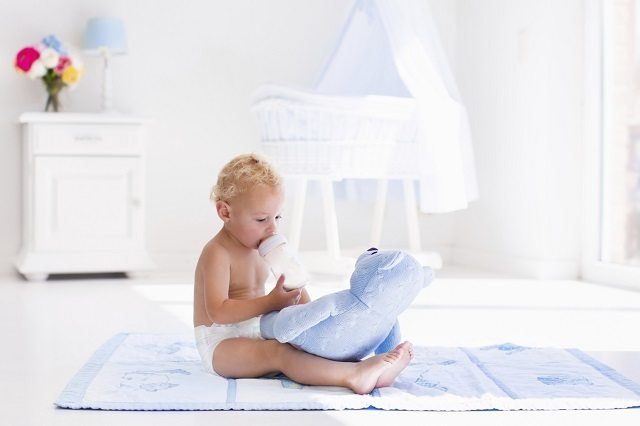
It’s not easy being different. Even the most confident adult finds it difficult to stand apart from the crowd and it’s even harder for a child who is only beginning to find their way in the world. We crave approval from an early age and we look for clues to behaviour that is welcomed, quickly learning to avoid behaviour that is not. Toys and games carry huge social significance and children are excellent students of culture. Studies amongst preschoolers who were asked how their parents, siblings and friends would like them to play typically gave answers that matched gender stereotypes. In their study of preschool children, Tarja Raag and Christine Rackliff found that very young children are aware of social expectations and quickly learn to separate ‘girl toys’ from ‘boy toys’. The researchers demonstrated that little girls realise they are expected to play with dolls and tea sets whilst boys know that cars and tools are meant for them.
Another interesting study carried out by Virginia Lam and Patrick Leman found that once children learn the sex labelling of something, their behaviour towards it often changes to match stereotyped expectations. if a child, drawing on their beliefs about toys that are suited for boys or girls, decides that a toy is ‘for a girl’ they then compare this with what they are and reason: ‘this toy is for a girl and I am a girl so I will probably enjoy playing with it.’ So strong is this impulse that, in time, they instinctively reach for the ‘appropriate’ toy.
Parental reinforcement
As parents, we often reinforce this behaviour, even if we don’t mean to, by gently steering our child towards ‘gender appropriate’ toys. It seems that boys who play with ‘girls’ toys’, such as dolls, are more heavily criticised by the public. This was the case recently when a mother, Jen Anderson Schattuck, went viral online after a stranger approached her about why she allowed her son to wear a tutu in public. (We say BRAVO) The general assertion is that this behaviour will cause boys to become too feminine. Yet, there is now a tolerance for girls who climb trees and play with cars or guns.
Media influence
Television plays its part. Children are encouraged to develop a preference for toys that are designed, packaged, and marketed as relevant to them as either boys or girls. Television advertising is powerful and, if they are not encouraged to question what they see, images beamed into a child’s living room can shape their expectations, attitudes, and behaviours. Suddenly, Thomas the Tank Engine is for him, an Elsa doll is for her and no one really ever wonders why.
The Late Late Toy Show, which is Ireland’s most watched television programme, is also guilty of lazily handing the little girls plastic kitchens, dizzy domesticated princesses and pooping dolls, while the little boys get to build robots, play electric guitar and control fast cars.
Boys and girls do seem to play a little differently as girls like to chat while playing in pairs or trios and tend to cooperate more than boys. However, when it comes to toys and games, Lise Eliot, neuroscientist and author of Pink Brain, Blue Brain, warns that impressionable young brains take on traditional roles. Girls lose out by never being allowed to imagine a world that doesn’t involve tending to crying plastic babies or dressing up in impractical princess outfits. Boys are forced to be macho, to wield guns and tools and to never explore their softer side. The danger is that, when they grow up, boys may believe that caring, nurturing roles like teaching, nursing or raising children are closed to them and girls may turn away from science, engineering and technology.
Challenging stereotypes
So what can we do to combat this pervasive labelling and open the world up to our little ones? We need to help them challenge the stereotypes they see all around them and allow them to choose toys based on interest rather than expectation. Mixing it up and encouraging boys and girls to play together is great too. Not only will this lay the groundwork for them to be unbiased when selecting future careers but evidence suggests that children who play with both boys and girls grow to have healthier romantic and working relationships.
maternity&infant
Originally posted 2017-04-18 11:33:09.








